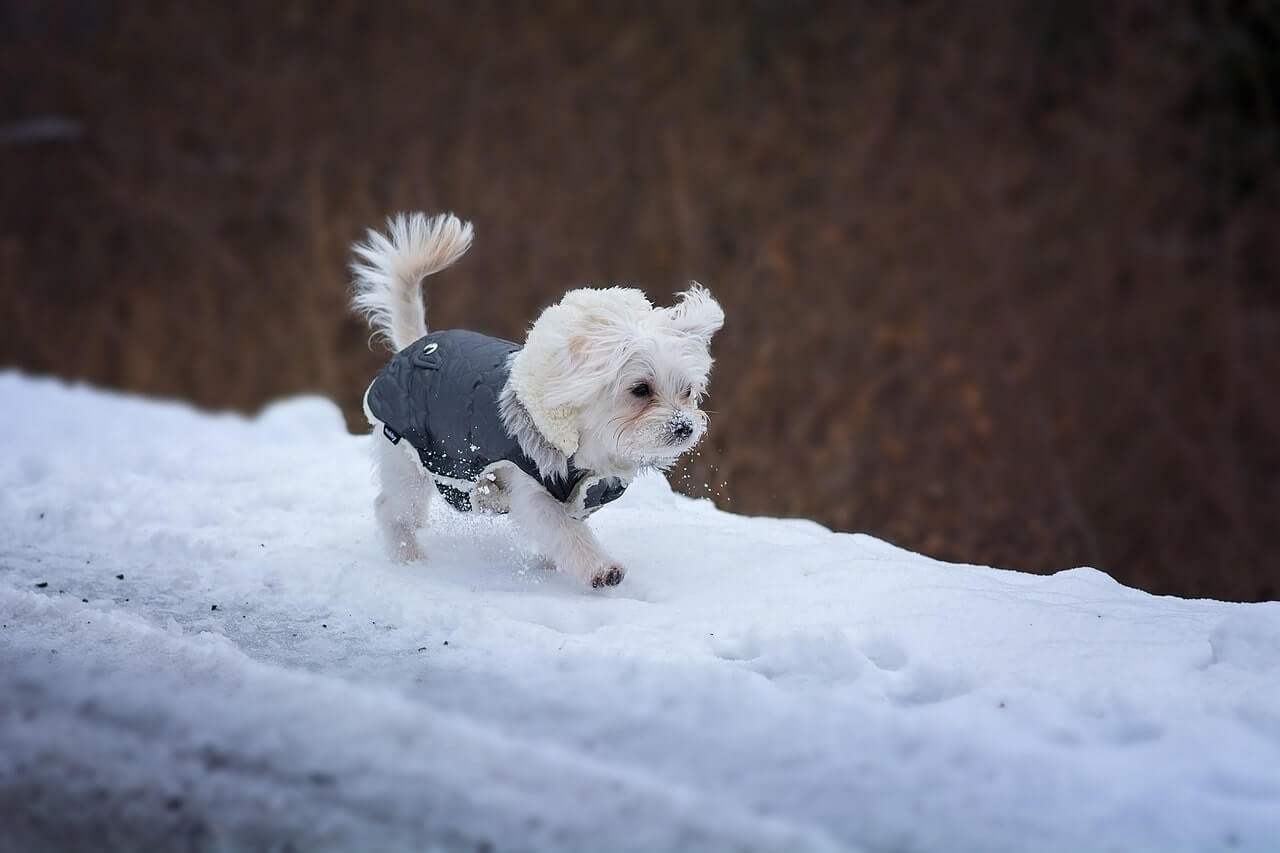We’ve got everything you need to take the best care of your pet!
From A to Z, the most helpful information on some of the challenges and decisions regarding your pet from the care professionals at Deer Park Veterinary Hospital.
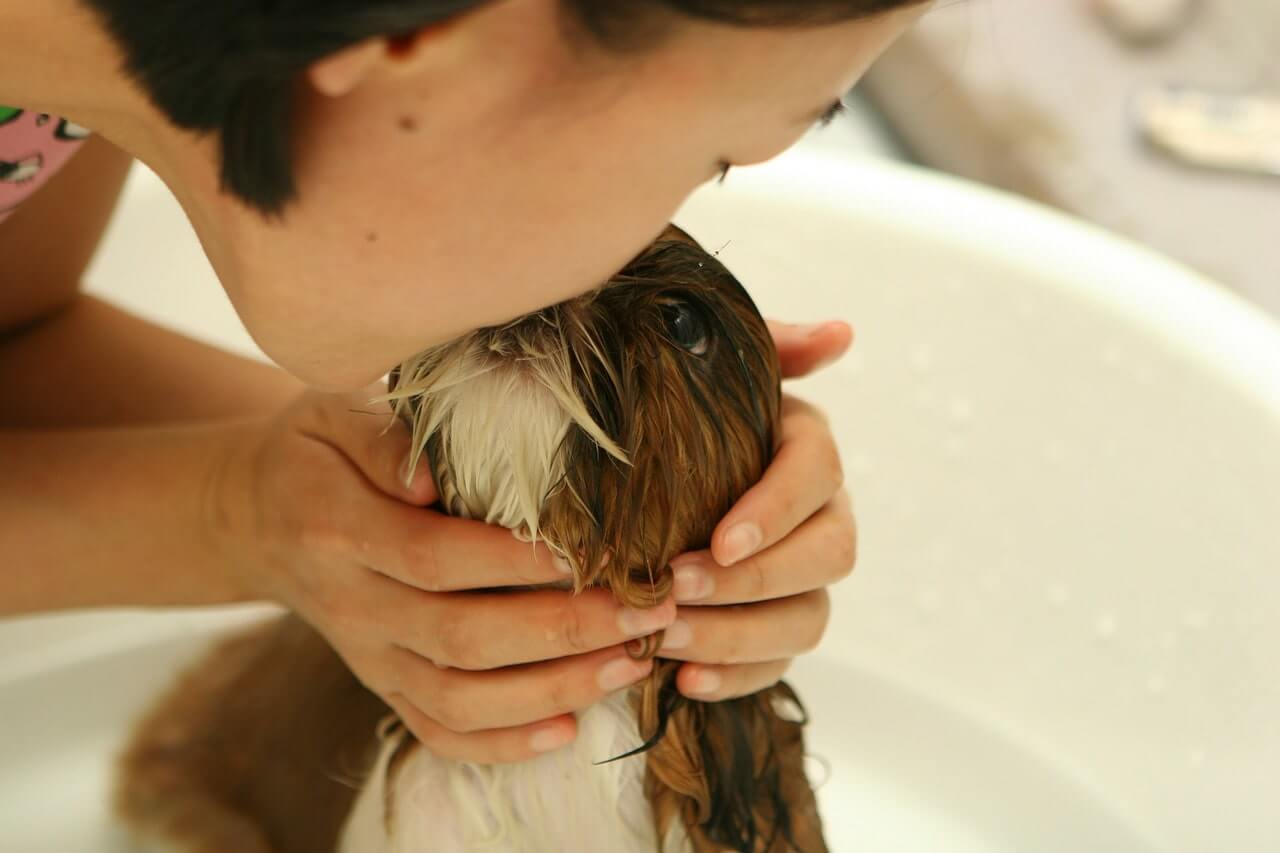
Bathing Your Pet
Your pet’s skin is much different than your own, so first and foremost, don’t use human shampoo on your dog and cats. Choosing the right shampoo is vital to maintaining your pet’s health.
Place cotton balls in their ears to keep water/shampoo from entering the ear canal (often causing an ear infection) and use a bland ophthalmic ointment in their eyes to keep shampoo and water from getting in the eyes prevent which can cause irritation.
Seven easy tips for bathing your pet:
- Rinse your pet using lukewarm water rinse (handheld shower heads are especially helpful).
- Apply a sufficient amount of shampoo to the top of your pet’s neck and along their back.
- The face and ears should be washed with a soapy washcloth to avoid getting soap in the eyes or ears.
- Work the shampoo into their coat, adding more lukewarm water if needed.
- Rinse thoroughly until water runs clear.
- Repeat steps 2 – 4, this time allowing shampoo to sit for 5 – 10 minutes.
- After that time, rinse the shampoo from your pet’s hair until the water runs clear.
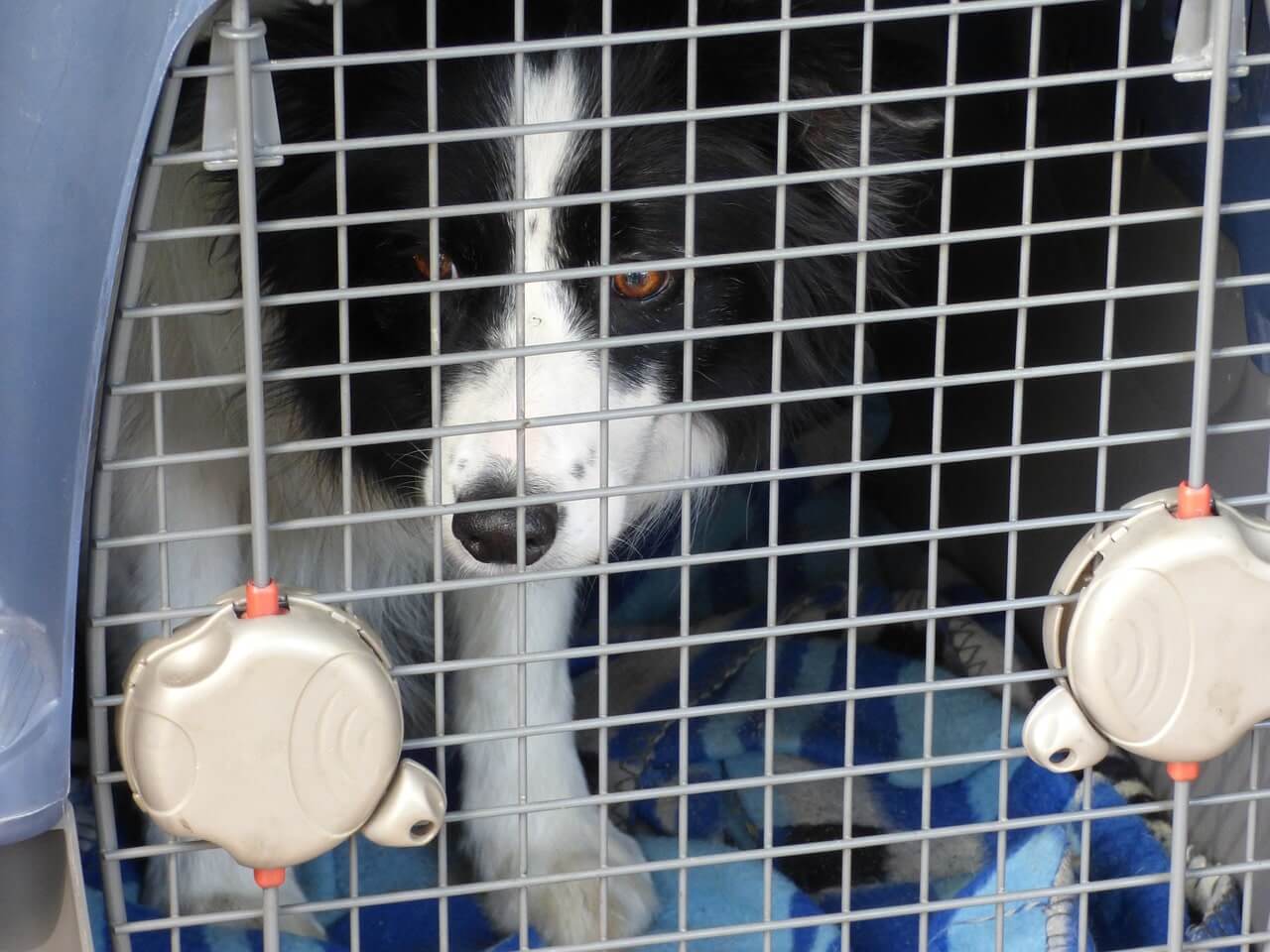
Crate Training
Many people worry that confining their dog to a crate is cruel. However wild dogs sleep in dens and even today’s domesticated dogs retain the den instinct.
The crate needs to be small enough that the dog doesn’t use one end for sleeping and the other end as a bathroom, but it should be large enough that the dog can turn around in a circle to lie down.
A few more helpful hints:
- The crate must NEVER be used as punishment. You want the crate to be seen as a safe and happy place.
- The best times for your puppy to be in the crate are:
- Nap time – even when your puppy falls asleep elsewhere, pick them up and put in the crate.
- Mealtime – this will almost guarantee that the puppy is focused on his food rather than what is going on around them.
- When you are busy – it is always better to crate your puppy than have to clean up a mess in the future created when you weren’t watching your puppy.
- Bedtime – this will allow you to sleep knowing that your puppy is not getting into anything around the house.
- When your puppy is small, you can use a crate divider to partition it into a smaller space. Move the partition as the puppy grows and will not need to keep buying larger crates.
- A dog will not normally soil where they sleep if at all possible. This will be especially helpful in speeding up the housebreaking process.
- Crates are available in a variety of materials, some even resemble furniture that matches your room.
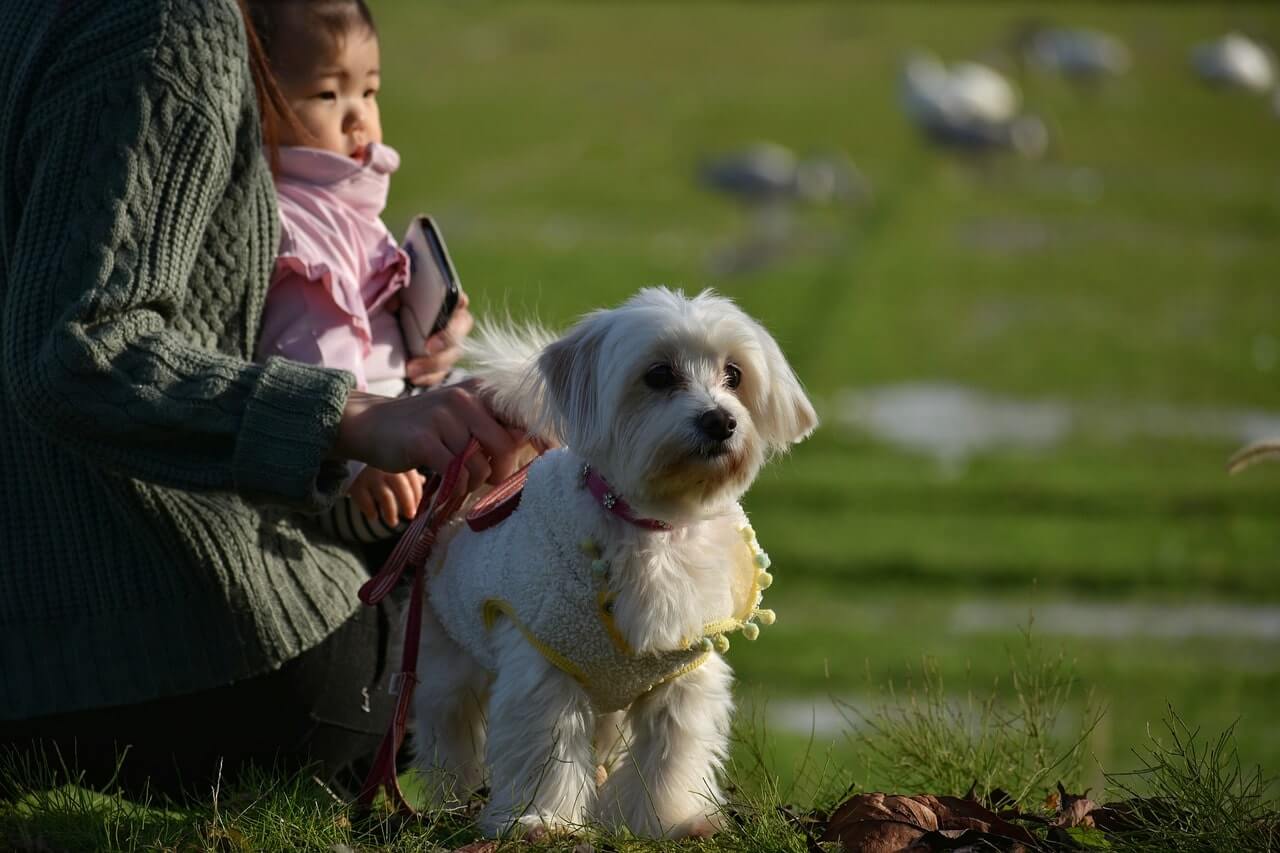
Bringing Home Baby
Welcoming a new member into the family is always exciting, however, there are some things to keep in mind for your pet. If any serious behavior problems arise, be sure to contact us. We can help you identify the problem and work with you to find a solution.
Before The Baby Comes Home
- Familiarize your pet to the variety of baby equipment that will be entering your household from the stroller to the swings, and even the noisy toys.
- Work on familiarizing your pet with typically baby noises if they are sensitive to unfamiliar or loud sounds.
- Sensitivity can be determined first by testing your pet’s reaction to regular noises to establish a baseline.
- If you notice any signs of fear or anxiety, de-sensitize your pet to these noises by playing sounds at a volume low enough that your pet shows no reaction, then gradually increasing. Positive reinforcements such as treats or playing with your pet while the noises are playing will also help de-sensitize your pet. You can try recorded baby sounds.
- Get your dog used to walking beside the stroller on a leash before the baby arrives as some dogs are known to bite at stroller wheels on occasion. If the dog seems afraid of the stroller, start out going out slowly and walk them next to the stroller on a leash using positive reinforcements when they don’t react negatively to the stroller.
- Teach your pet not to jump on people is a good idea also as people will soon be holding the baby in their arms or on their laps. Use commands like sit or down is a good way to reinforce this behavior.
- Cats especially have this tendency. Correct this bad habit by teaching your cat to wait for an invitation to jump up on your lap. If they jump on your lap without the invitation, simply stand up and dump them onto the floor.
- To ease the transition, prepare areas where your cat can go to escape from a curious baby or an eager toddler. You may want to consider moving food bowls and litter boxes to out of the way location, such as basements or laundry rooms.
- Pets should get used to being separated from their owners so they see you without being able to get to you. Set up barriers, rewarding your pet for being good and/or quiet on the other side of a barrier.
- Get your pet accustomed to sleeping away from the bed by blocking their access with a baby gate or closing the door. Or create a new sleeping location for them in a different bedroom or a crate.
After The Baby is Born
- Install a crib tent (netting that stretches over the crib) to keep cats out of the crib. You can also install a screen door to the nursery that allows you to hear the baby but does not allow your pet in.
- Do NOT allow your pet to share a bed with an infant. By now, your pet should be accustomed to sleeping in another location (see above).
- When a new mother arrives home, she should greet the pets empty-handed. Find some time to devote to the pet, especially a dog, before introducing the baby. Once you’re ready to to introduce the new baby, make sure there are two adults present: one to supervise the baby and another to watch the pet. Just in case keep the dog on a leash. The leash can be dragging, but it shoule be there if you need it.
- Do not force an introduction, just let the pet be around the baby. If the dog seems aggressive or rambunctious, grab the leash and calmly walk the dog away from the baby. Try not to scold or yell at your pet.
Future Considerations
- Switching litter boxes from open to covered can prevent a child from getting into the litter box.
- Whenever both the baby and your pet are in the car, make sure to keep them separated by using a crate, a barrier, or a safety harness.
- Many of the problems between pets and children begin when the child starts crawling and walking. This is where the barriers and baby gates come to good use. It’s a good idea to keep your pet’s toys and food away from the child in case your pet gets aggressive.
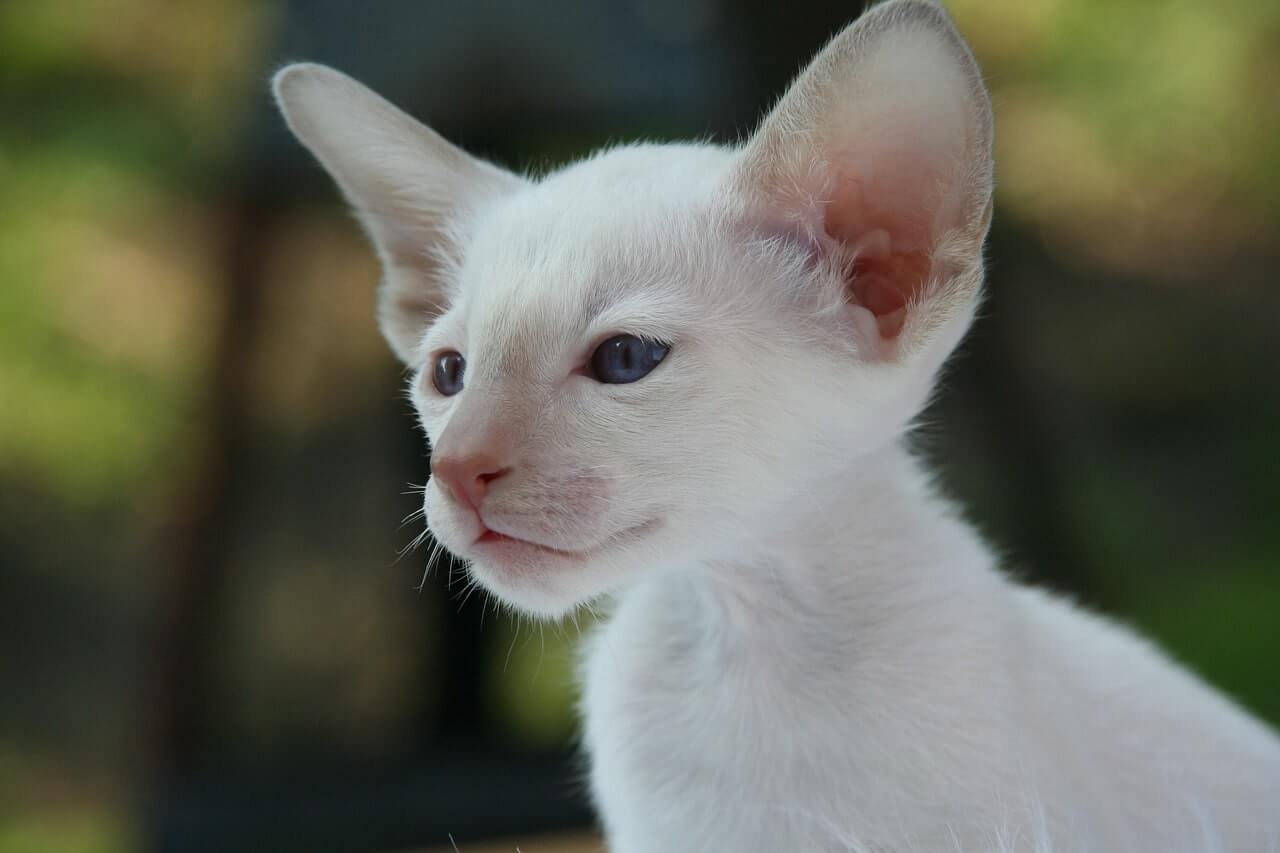
Ear Care
It’s important to get into a routine of cleaning your pet’s ears at least once a week to prevent the onset of ear infections.
To clean your pet’s ear:
- Fill the ear canal with the ear cleaning solution.
- Massage the solution into the ear using your thumb and the side of your pointer finger.
- Wipe the ear with gauze or a cotton ball to remove debris and to soak up any excess cleaner.
- NEVER use a cotton-tipped applicator to clean down inside the ear.
- Repeat steps 1 – 3 until the ear appears clean.

Heartworm
Heartworms are parasites transmitted by mosquitoes that inhabit the heart and lungs of infected dogs. It can cause serious health problems, and if left untreated, may eventually lead to heart failure and death. Signs of heartworm disease include coughing, breathing difficulty, and reduced ability to exercise.
Heartworms can be prevented by giving your pet a monthly heartworm pill. Brands of heartworm pills include:
- Heartgard
- Iverhart Plus
- Interceptor
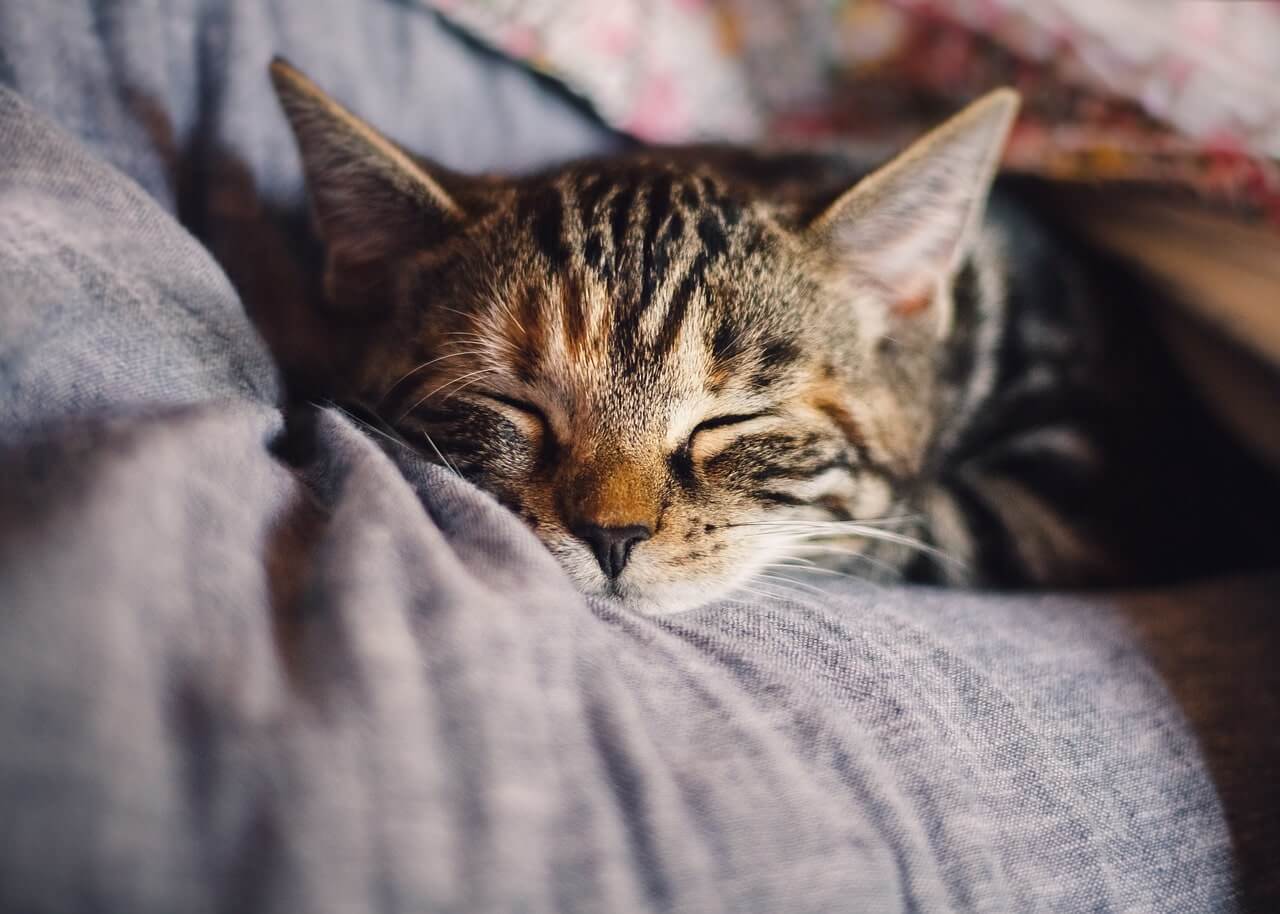
Hypothyroidism
Located under the skin at the center of the neck, the thyroid gland produces the thyroid hormone and regulates its blood concentration.
Hypothyroidism results from the low circulation of the thyroid hormone. Typically, there is no known biological reason for hypothyroidism, though it is occasionally caused by an inflammation of the gland. It frequently causes pets to become lethargic and overweight with further symptoms including hair loss, dry skin, brittle hair, and bleaching of the hair coat.
Hypothyroidism can be a debilitating disease if left unattended. But with proper treatment, your pet can live a long and healthy life. To diagnose hypothyroidism, DPVH will perform a blood test to confirm your pet and then we will prescribe medication that will make up for the lack of production of the thyroid hormone.

Toxins to Avoid
Here is some important information on toxins that are harmful to your pet’s health.
- Acetaminophen (Tylenol): Especially toxic to cats and causes severe liver damage.
- Antifreeze: Animals love the sweet taste, but even a small amount can be fatal. Watch out for leaks from your vehicle.
- Chocolate: Dark chocolate and cocoa mulch can cause seizures and neurological symptoms.
- Grapes and Raisins: Causes kidney failure in cats and dogs.•
- Ivy: Many species of ivy are considered moderately toxic and can cause gastrointestinal symptoms, along with breathing difficulty, coma, or even death.
- Lawn and Garden Treatments: Fertilizers, herbicides, and pesticides are all potentially toxic to cats and dogs.
- Lilies: Can cause kidney damage to cats and GI problems for cats and dogs.
- Macadamia Nuts: Toxicity has only been seen in dogs (severe neurological symptoms, which usually clear within 48 hours).
- Mistletoe: Can cause liver damage in cats and dogs. If ingested in large enough quantities, mistletoe has the potential to produce gastrointestinal irritation, excessive thirst and urination, incoordination, and a drop in blood pressure/heart rate. In severe cases, there may be difficulty breathing, seizures, coma, and even death.
- Mushrooms: Certain species of mushrooms are considered to be relatively non-toxic, while other species can be very toxic. Of the toxic species, some may cause liver or kidney damage, while others may produce severe gastrointestinal or even neurological effects.
- Onions: Fresh, cooked, dried or powdered can cause severe anemia in cats and dogs.
- Rat Poison: It is made to be tempting to animals and causes internal bleeding that may not have obvious symptoms for a couple of days.
- Rhubarb: The leaves can cause neurological disease in cats and dogs.
- Rising Bread Dough: An animal’s body temperature can cause the dough to expand to the point of obstruction, which can cause death.
- Tobacco products (nicotine): Ingestion of a partial cigarette or cigar is enough to be lethal.
- Tulip bulbs: The bulb portions contain toxins that can cause intense gastrointestinal irritation, drooling, loss of appetite, depression of the central nervous system, convulsions and cardiac abnormalities.
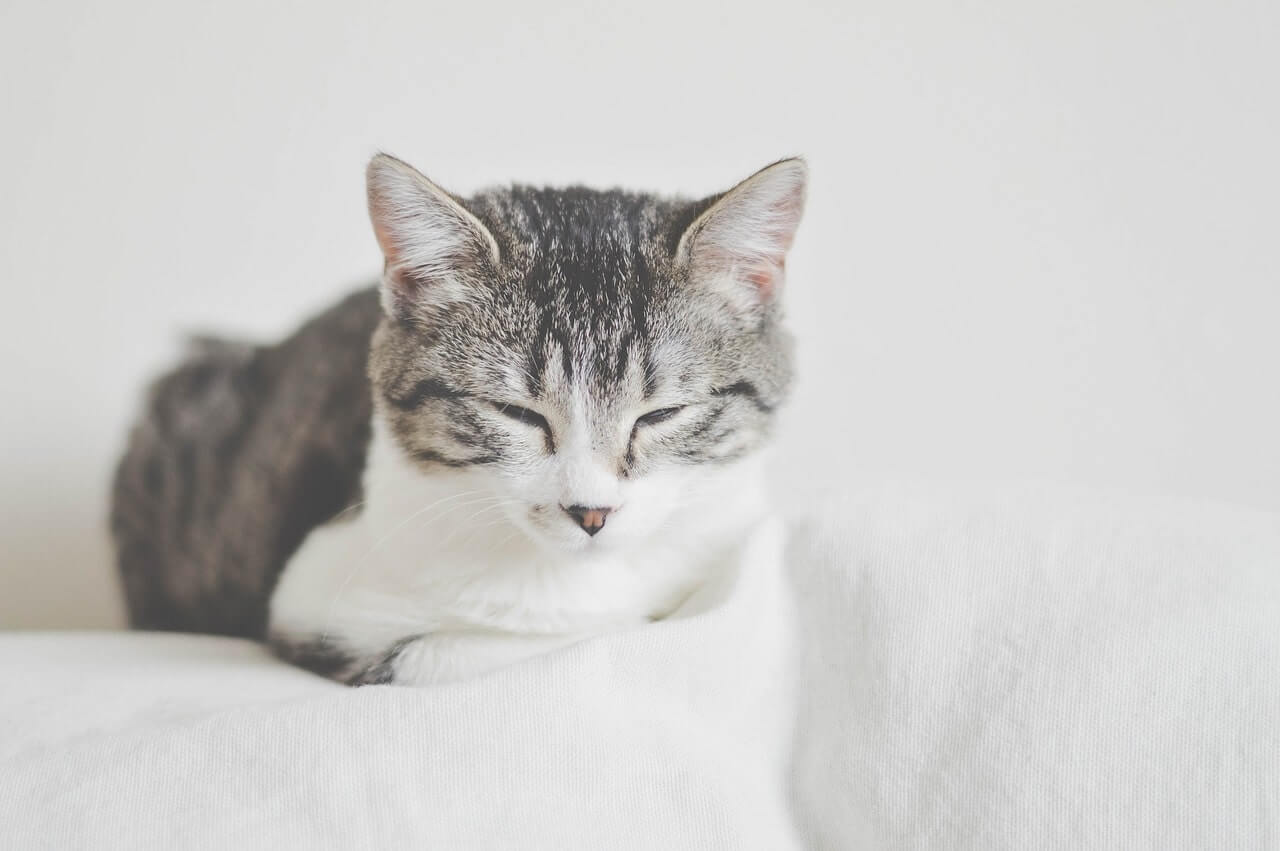
Osteoarthritis
Canine osteoarthritis is a chronic degenerative joint disease that affects both the soft tissue and bones in joints. It is caused by the loss of smooth cartilage that covers and protects the ends of the bones in movable joints. When cartilage wears away, bone is exposed. And when two bone ends touch, pain and inflammation occur.
Osteoarthritis can affect any joint in the body, but the most commonly affected areas are hip, elbow, shoulder, stifle (knee), carpus (wrist), hock (ankle), and the intervertebral joints of the spine. Unfortunately, this is a progressive condition that will continue to worsen over time.
Wear and tear or abnormal stress on a normal joint are the common causes of osteoarthritis. These may be caused by injury, obesity, or participating in activities that require constant twisting and turning (Frisbee, etc). Osteoarthritis can also result from normal stress on an abnormal joint.
Large breed dogs and dogs with certain body shapes, like dachshunds, are most prone to the disease. Some breeds of dogs develop degenerative joint disease at a very early age, while there is a greater chance that osteoarthritis will occur if your dog injuries or fractures a joint.
Symptoms vary with age, with the joints involved, and with the severity of the disease. They can be as subtle as a decrease in activity and may also include limping, soreness, whimpering, difficulty getting up, or even licking the painful joint.
To best manage this condition, DPVH recommends weight reduction, controlled exercise, pain control, and joint supplements to help keep your dog mobile and comfortable.
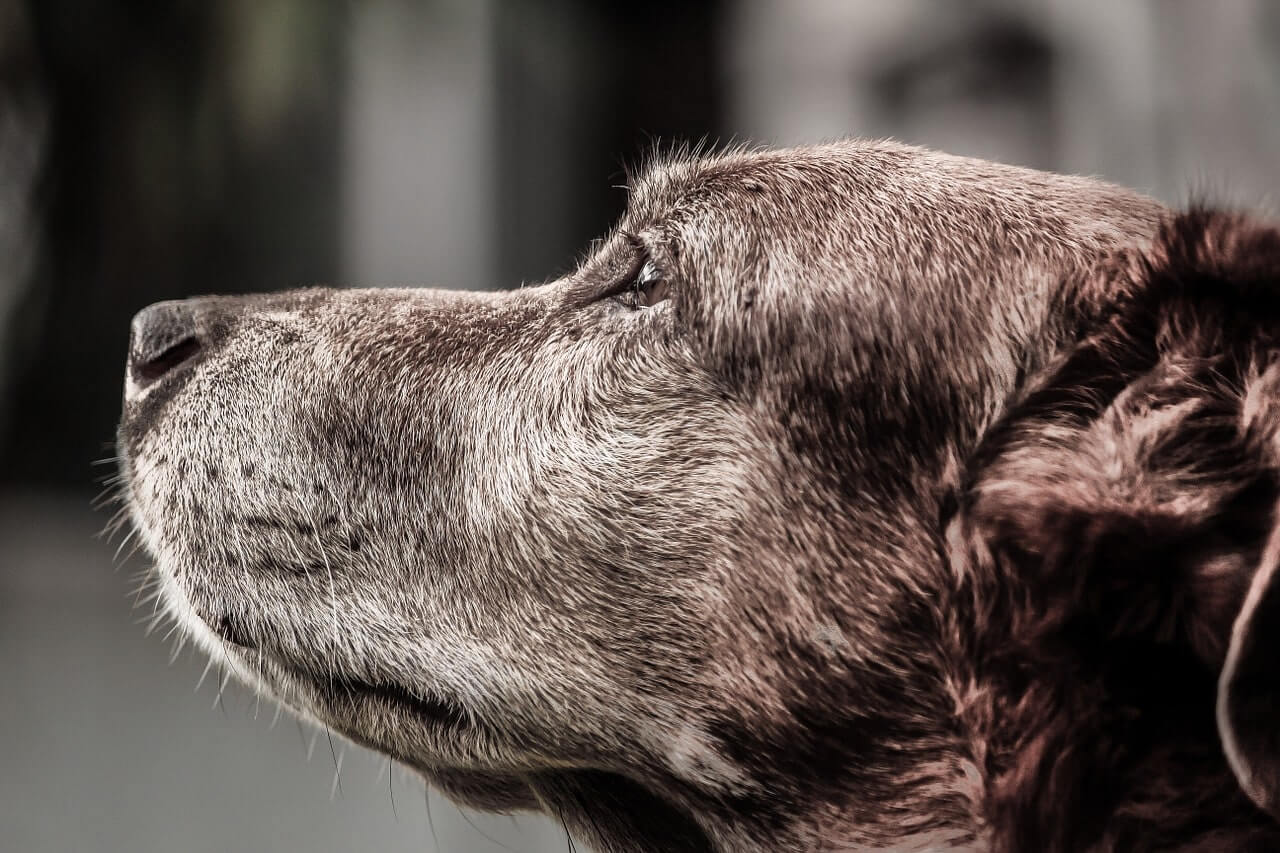
Pet Loss
Losing a pet can be very difficult for families and other pets that live in your household. Here we offer some suggestions on memorializing the memory of your deceased pet and offering support to family members during this time.
To memorialize your pet:
- Create a paw print with ink or clay.
- Keep a clipping of fur.
- Release a balloon with your pets name on it.
- Get a garden stone memorial.
- Donate bedding, bowls, and food to a local animal rescue.
- Make a donation to an animal charity in your pet’s name.
- Create a keepsake book.
- Plant a tree or bush.
To help your child cope:
- Extend comfort and reassurance.
- Explain that it this is nobody’s fault. Children will often think the pet got sick because of something they did or didn’t do.
- Encourage your child to talk about it and express their feelings by crying, writing, or drawing.
- Inform your child’s teacher so they can serve as an additional and very valuable resource.
- Answer any questions honestly, keeping in mind your child’s level of understanding.
- Allow them to ask the veterinarian questions so they realize we are here to help.
Pet loss support websites will also provide you with books, counselors, and coping ideas.
Recommended sites are:
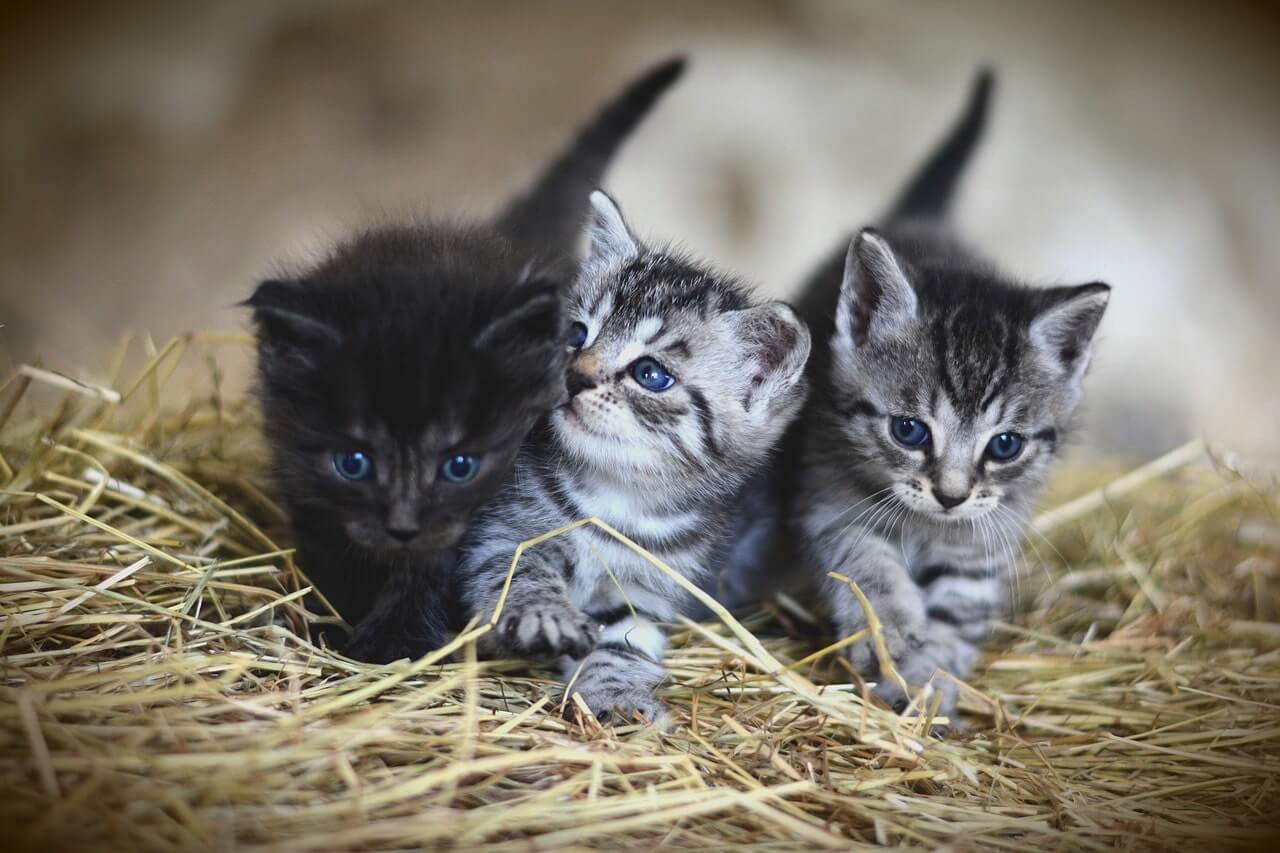
Spay/Neuter Benefits
Spaying and neutering your pets helps keep them healthy and good-tempered. It also helps to control pet overpopulation and prevents passing on undesirable genetic traits.
When pets are not spayed or neutered, some problems may arise:
Males:
- A mature intact male dog experiences a huge increase in testosterone. This gives rise to hormone-related behaviors such as:
- urine marking in the house and outdoors
- aggression towards other male dogs
- territorial aggression
- escape-oriented behavior to roam
- Intact male dogs tend to have difficulty concentrating on tasks.
- They may show abnormal behavior in the presence of a female dog in heat and show aggression towards children.
Females:
- Intact female dogs have an increased risk of aggression and they also tend to fight one another. If fighting becomes a habit, spaying may not resolve it.
- When in heat, they may become moody and display signs of pain similar to human cramps with increased urination.
- Intact females also show urges to escape from the confines of the house or fence.
- There is often considerable expense involved in whelping and caring for a litter of puppies.
Mating:
- When dogs mate they usually tie. This means they are stuck together due to the structures of their reproductive organs. The tie usually lasts around half an hour.
- Female dogs only invite mating when they are in heat.
- False pregnancy is common in female dogs.
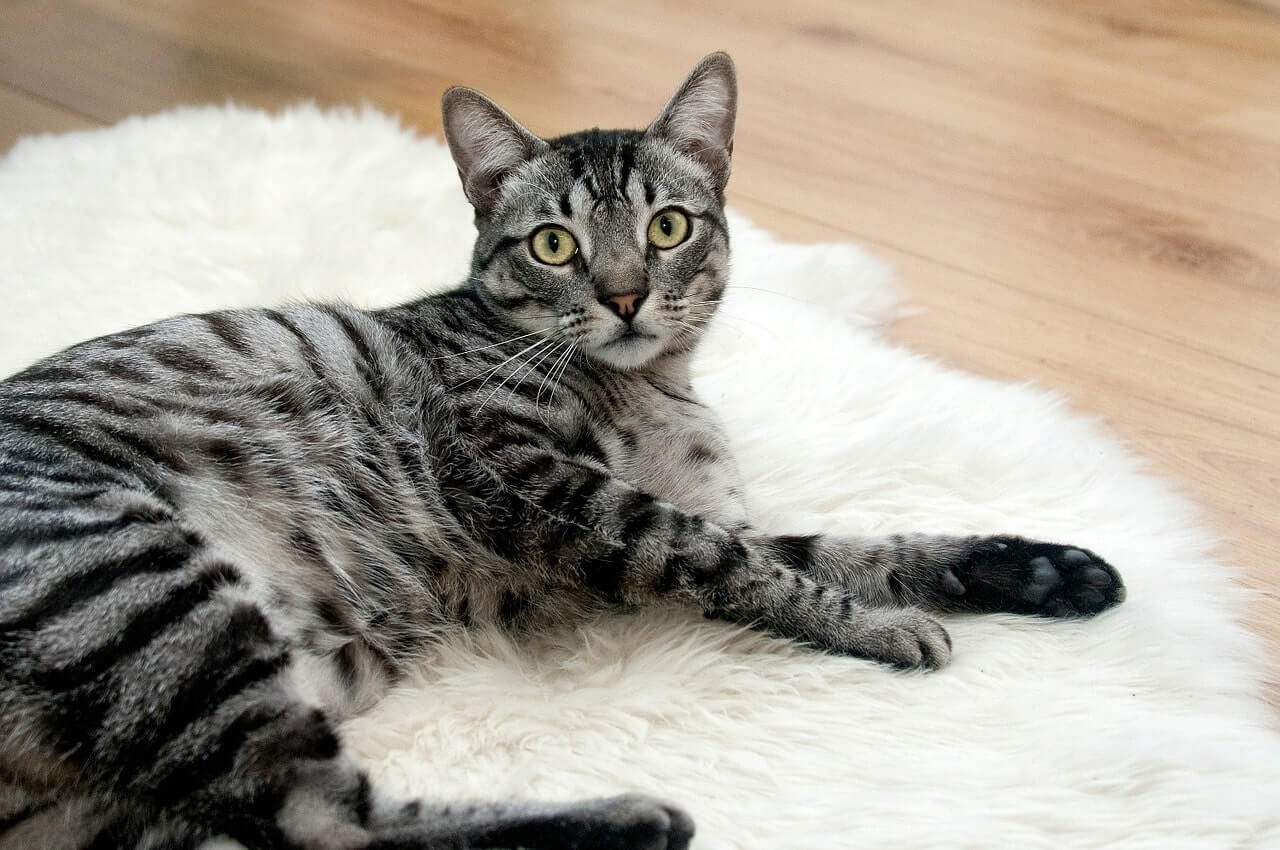
Urine Marking in Cats
Below you will find helpful information on the causes and treatment for urine marking in felines.
Causes:
- Limited access to the outdoors.
- Not having enough litter boxes. The number of litter boxes should equal the number of cats plus one.
- Dirty litter boxes. Scoop daily and clean weekly.
- Previous urine marking. Always clean with an enzymatic cleanser.
Treatment:
- Maintain an environment with plenty of litter boxes, food, water, resting areas, perches, and hiding areas.
- Some cats respond to seeing cats outdoors by marking, so blocking access to the window or covering the window may help. Use of motion-activated devices such as sprinklers may keep outdoor cats away from your property.
- Pheromones can be used to treat urine marking as well, for example, Feliway. A double-blind, placebo-controlled trial found that, after 4 weeks of treatment, cats exposed to pheromones had a significantly lower mean level of marking than cats treated with a placebo.
- There are no drugs currently approved for use in treating feline urine spraying. Any medication prescribed should be considered extra-label usage.
Winter Tips
Lots of tips on keeping your pet healthy during winter! If you have questions or problems, you should come in to see us to ensure your pet is okay.
Holiday Tips:
- Increased activity levels and more visitors during the holidays can upset your pet’s routine. Try to keep your pet on a regular schedule for feeding/exercise and be sure there is plenty of fresh water available.
- If you plan to take your pet with you to visit relatives or friends, make sure it a pet-friendly atmosphere. You may consider boarding your pet or hiring a pet sitter.
Snow Removal Salt:
- Be sure to remove salt from your pet’s paws immediately after adventuring outside during winter.
- Store salt in tight containers out of reach of pets and children.
- Read the labels carefully and take all necessary precautions.
- Some substances have low-to-moderate toxicity, depending on the ingredients and the amount ingested.
Antifreeze:
- Even a small amount of antifreeze can be fatal. Read all warnings and labels carefully before use.
- Thoroughly clean up spills, and keep containers tightly closed and out of reach.
- Never place ribbons or yarn around your pet’s neck. Do not allow them to play with plastic/foil wrappings or six-pack beverage holders.
- Cover or tack down electrical cords.
- Many holiday treats can be harmful or toxic to pets, so keep your pet a regular diet and caution visitors against giving your pet “special treats.”
Frostbite:
- Remove ice and snow from your pet’s paws immediately. The skin may turn reddish, white, or grey and may be scaly.
- If you suspect frostbite, take your pet to a warm area and thaw by applying warm, moist towels to be frequently changed. Continue until the infected area becomes flushed.
- Contact us as soon as possible so we can evaluate the seriousness of the condition and consult on next steps.
Napping Pets:
- Cats sometimes climb onto vehicle engines for warmth during winter.
- Before starting your vehicle, knock on the hood and honk the horn.
- Some holiday toxicities include holly, mistletoe, fire salts, poinsettia leaves and stems, juniper, cedar, pine, and fir greenery, and Christmas tree preservation solution.
Housing:
- For indoor pets, keep beds and crates in a warm, draft-free area. Preferably position these off of the floor.
- For outdoor pets, provide a warm, insulated pet house or shelter and keep it elevated to avoid accumulating moisture. Also, provide a door or use hay bales if in a pen to keep out the cold winter winds and to cover the top as well. If weather conditions worsen, bring your pet inside.
Food and Water:
- Staying warm requires extra calories, so adjust your pet’s rations accordingly when the temperature drops.
- Always have fresh, clean, and unfrozen water available.
